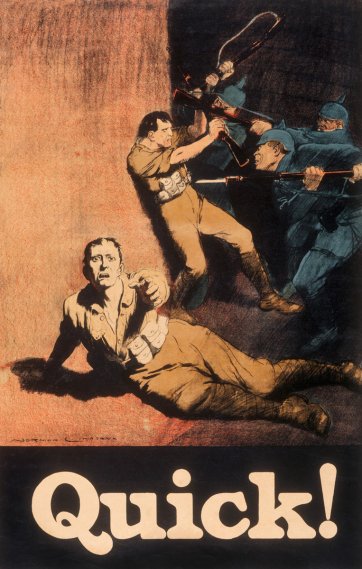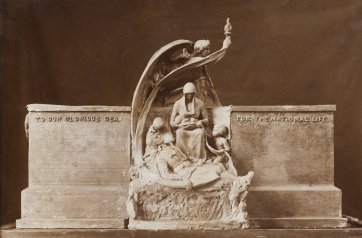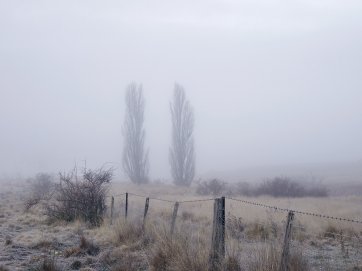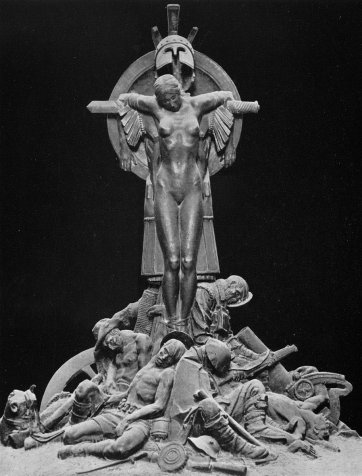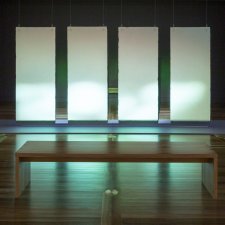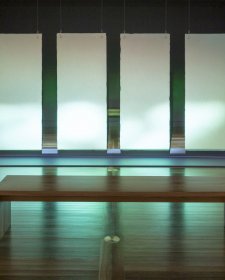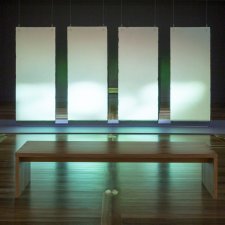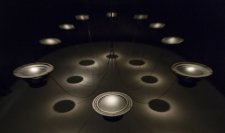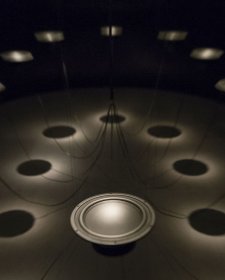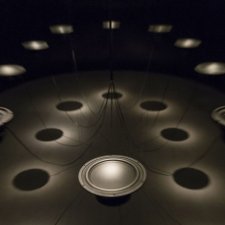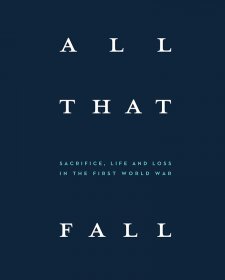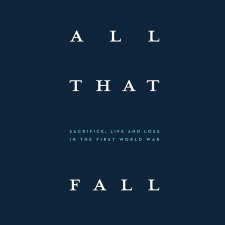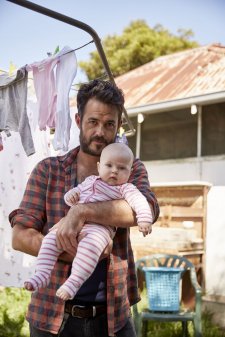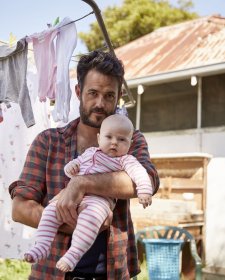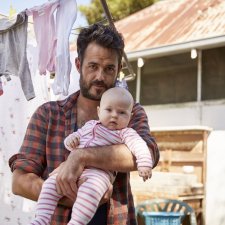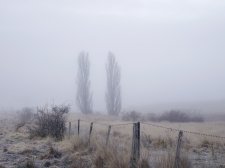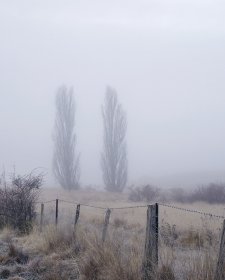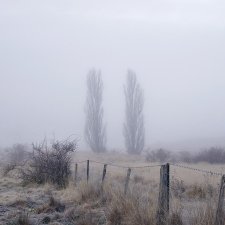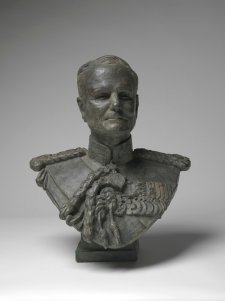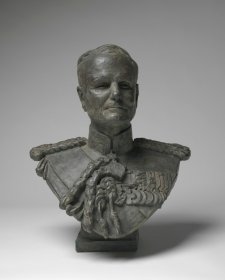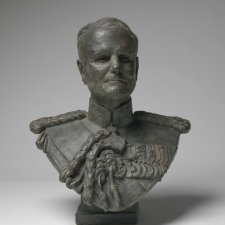Focussing on the wide-ranging theme of loss and absence, this exhibition provides a moving ‘portrait’ of loss during the First World War on the Australian home front. Powerful symbolic images, including contemporary works, evoke the emotional intensity of loss. All that fall: Sacrifice, life and loss in the First World War is the National Portrait Gallery’s contribution to the Anzac Centenary.
Recruitment posters offer a febrile portrait of the pressures brought to bear on Australian men. As the war dragged on and the paralysing impact of the dead and maimed took its toll, divisive conscription debates targeted women, contributing to a fracturing of national community.
Australian sound artist Lawrence English has created two related sound-works. An immersive soundscape tints the exhibition space. A multi-channel sound installation includes spoken names of the 11th Battalion, the first to fall at Gallipoli.
In Theodora Cowan’s proposed memorial the dying Anzac is lying in the arms of Death, with female Destiny nursing a baby, a young boy representing Love and the Angel of Immortality holding aloft a torch. Canberra-based artist Ellis Hutch has created an installation as a poetic and evocative response to the intent of Cowan’s memorial.
The dead were buried far from home. Most graves would never be visited by the immediate family. The absence of the non-returned is evoked in spare and haunting landscape photographs devoid of figures by Canberra-based artist Lee Grant.
The living body is brought back to us in video portraits. The National Portrait Gallery collaborated with the actors and creators of Black Diggers to produce video portraits commissioned for the exhibition.
Video credits: music by Trokai
